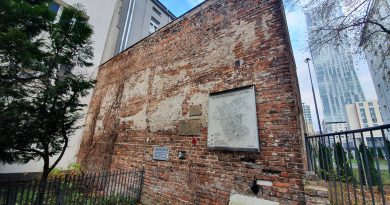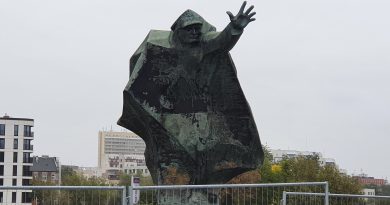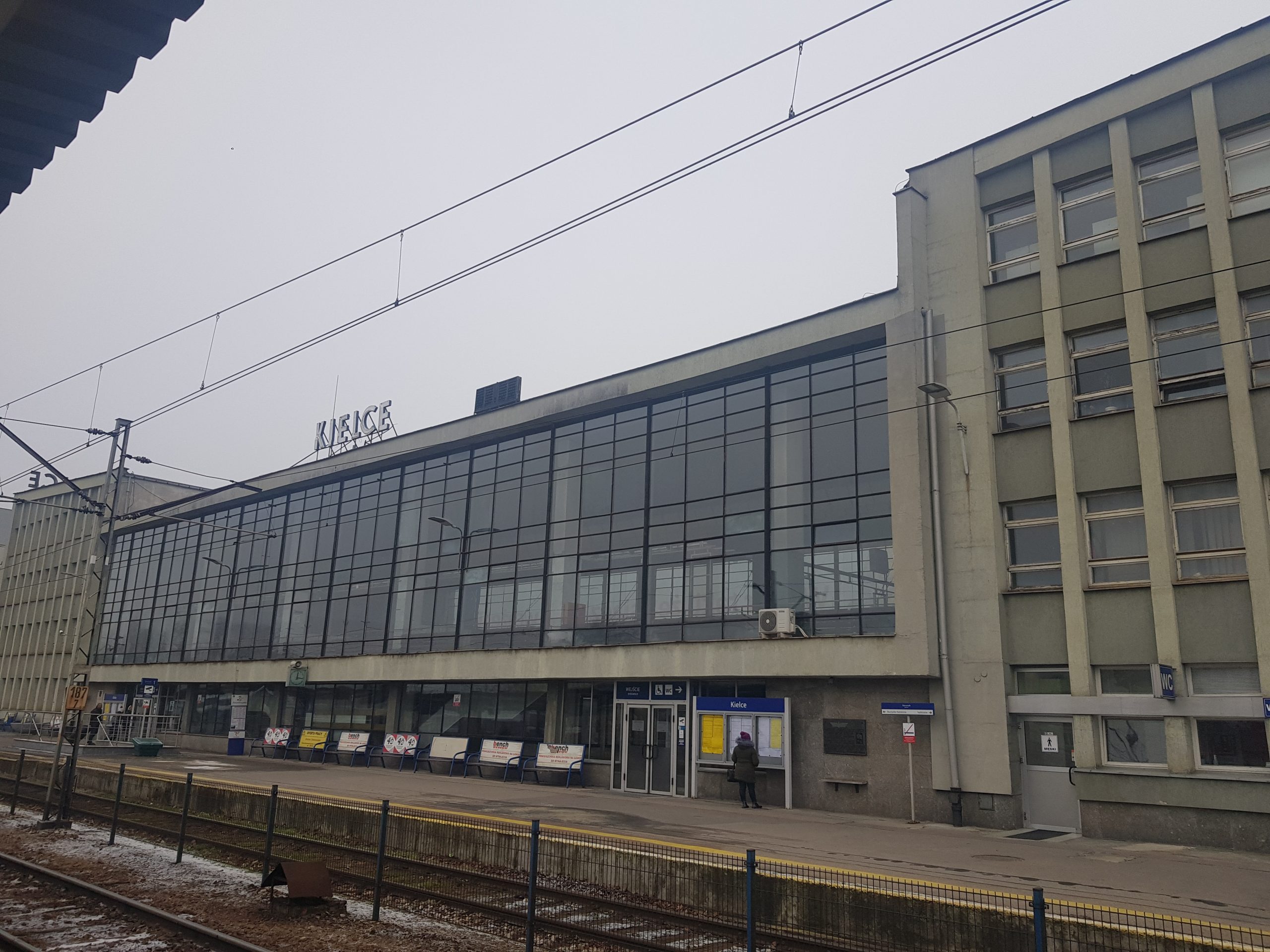Warsaw – Stacja Muzeum
This was one of the few remaining museums in Warsaw that I hadn’t been to, so when Richard was in the city for a few days, we had a little meander along on the free admission day which is on Mondays. It’s a fascinating building in itself, which was constructed after the Second World War and was the city’s main railway station until Warsaw Centralna opened in the 1970s.
And that’s what it looked like during its period of operation.
It’s quite sad really as the Poles had built themselves a lovely new railway station, as shown in the above photo, which was nearly finished by the outbreak of the Second World War, but the Germans destroyed it. That meant that the Poles had to use these temporary facilities for way longer than they perhaps needed to.
This is the entrance to the museum and was also the rear entrance to the railway station when it was in use.
We were given our free ticket passes by a friendly staff member at the entrance and the main waiting hall is the first sight for visitors to the museum.
There are plenty of small trains on display, with the information being available in English and Polish.
This is the same room when the building was being used as a railway station.
A reconstruction of the railway station’s cafe arrangement.
An old signalling installation.
Some of the equipment which would have been in the signal box.
A recreation of a ticket office.
And a collection of clocks. There are two main rooms in the museum and it takes around thirty minutes to go around these. But then there are the outdoor displays, which are relatively substantial. It seems that the future of the museum has been confused for a few years and there has been talk of them moving out of these building somewhere else. I very much like the heritage of this building though, it seems to be a location that should be used as a museum. However, it’s also clear that there isn’t enough external space for all of the trains and carriages that they have, which they claim is the largest collection of rolling stock in Europe.
This is a postal train that before the Second World War was used by a private railway company in Lower Silesia, which was then part of Germany. That part of the country was given to Poland after the end of the conflict and this train was seized as part of that process, becoming part of the Polish State Railways. The train remained in use until 1976 when it was then used in a number of films, before eventually becoming part of the collections of this museum.
The old post-box on the train.
It wasn’t possible to go in most of the trains, but this was one of the exceptions.
There are some sizeable engines in the collections of the museum.
This is a steam locomotive that was constructed by the Germans and brought into usage in 1940, with a maximum speed of 150kmph, which was later reduced slightly. The Polish railways took nine of these over after the end of the Second World War, with this one remaining in use on the network until 19 February 1967.
I’m more interested in the railway network and carriages than the actual steam engines, but this is a beautiful looking train. It was built by the Polish in 1926 for passenger use, with some assistance from the Austrians. During the Second World War it was first taken by the Soviets for their usage, then it was taken by the Germans for their usage, before being returned to the Polish State Railways on 20 July 1948. It remained in use by them until 17 April 1970, the last surviving of its kind. Given that it was used by three different nations during its history, I do wonder what cargo it hauled during its time in operation.
This was one of my favourite outdoor exhibits, a slightly rickety diesel carriage which was manufactured in Budapest in Hungary in 1954. It remained in use until June 1986, at which point it was given to this museum. It hasn’t yet been restored and I personally rather hope that it isn’t, as there’s something more authentic about seeing it in this state. Although it’s a shame that it can’t be covered somehow to prevent any worsening of the condition, particularly the peeling paint.
It was possible to peer inside the carriage, and it’s fair to say that the interior isn’t the most decadent.
It did though have a toilet.
It was possible to look into this train.
And here’s a photo of Richard having a little look in, after having bravely climbed up.
This was quite a substantial museum in size and I thought it was an enjoyable place to visit, although it’s clear that they need some more financial assistance to take it to the next level. I hope that they remain on the same site, it was actually quite exciting (I accept that I need to get out more with comments like that….) to be in what was effectively the country’s most important station in the 1950s and 1960s, despite being of a relatively small size. Although we visited on free admission day, the entrance is otherwise cheap to get in (14zl, which is under £3), so is very much worth a visit.




























